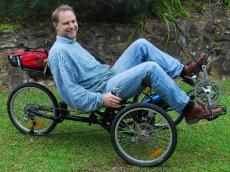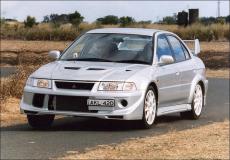 Perhaps driving self-evaluation is like social class.
Perhaps driving self-evaluation is like social class.
How? Well, whenever surveys are taken that asks people to list what social class they belong to (ie lower, middle or upper), the vast majority of people put themselves into the category of ‘middle’. And the interesting thing: there’s no correlation between a self-belief in belonging to a middle class and income. People others might call impoverished still think they belong to the middle class; many of those anyone else would call wealthy also think they belong to a middle class.
In the same way, an awful lot of people believe themselves to be good drivers. Or at least, well above average.
In fact, you need only read web discussion groups to see people, either explicitly or implicitly, boasting about their incredible prowess. Slippery roads, powerful engines and rear wheel drive without traction control on public roads? Ahhh, that’s just fun. Cars that are twitchy and unforgiving at the limit? That’s why you need real drivers, not these pathetic attempts who prefer front wheel drive and are good for driving only shopping trolleys.
Over the years I have ridden with quite a few excellent drivers, including former Australian open wheel and rally champions. I have also ridden with drivers who are very good completely away from motorsport: one in particular who was always, in my opinion, extremely unlikely to have a crash in an urban environment as he was always so very watchful.
But there’s one thing about good drivers that is universal. Firstly, they never ever say that they are good drivers. Why? Because they’re always so well aware of their deficiencies. Secondly, they want in their cars predictability, consistency and communication. Someone who finds a challenging car fantastic fun in difficult conditions, and who tells everyone about it, is very likely just a wanker.
I think that it’s very important when evaluating your own driving that:
1) You never denigrate those who confess to being less than excellent in their driving skills. Instead, this self-analysis is to be applauded.
2) You constantly evaluate your own driving standard – taking the role of a make-believe critical passenger, if you like.
3) If you ever get a chance to, go for a drive with a really brilliant driver. It’s a reality check second to none.
 Nothing, but nothing beats timing the car on the road to find if performance improvements are really that.
Nothing, but nothing beats timing the car on the road to find if performance improvements are really that. 
 Julian Edgar, 50, has been writing about car modification and automotive technology for nearly 25 years. He has owned cars with two, three, four, five, six and eight cylinders; single turbo, twin turbo, supercharged, diesel and hybrid electric drivelines. He lists his transport interests as turbocharging, aerodynamics, suspension design and human-powered vehicles.
Julian Edgar, 50, has been writing about car modification and automotive technology for nearly 25 years. He has owned cars with two, three, four, five, six and eight cylinders; single turbo, twin turbo, supercharged, diesel and hybrid electric drivelines. He lists his transport interests as turbocharging, aerodynamics, suspension design and human-powered vehicles.







